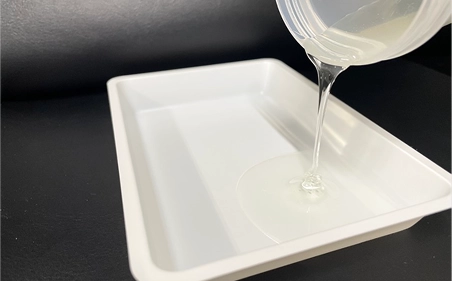Ranking of Rebound Resilience of Resins & Rubbers
What is Rebound Resilience?
Rebound Resilience indicates the percentage of input energy that an elastic material such as rubber or elastomer returns elastically (rebounds) when subjected to impact or temporary deformation.
Materials with low rebound resilience excel at shock absorption and vibration damping, though they may require careful consideration regarding internal heat generation and fatigue under repeated loading. Whether high or low resilience is preferable depends entirely on the specific application—design considerations should comprehensively evaluate required performance characteristics (vibration control, bounce properties, fatigue resistance, etc.) along with environmental conditions.
Ranking of Rebound Resilience of Resins & Rubbers (in ascending order of rebound resilience)
*Please note that the values presented in this ranking are general guidelines only. Actual values may vary significantly depending on the manufacturer, specific grade, and formulation.
RLR (Rubber-Like Resin): A Revolutionary Material Combining High Tensile Strength and Elongation
Traditional resin materials have struggled to balance flexibility and durability. To overcome this challenge, we've developed Rubber-Like Resin (RLR), which combines rubber-like flexibility with exceptional durability.
This innovative material features superior elasticity and scratch resistance, while also providing excellent vibration absorption and chemical resistance. Since it cures at room temperature, no heating furnace is required—contributing to energy efficiency. RLR can be utilized across diverse applications, from electronic component coatings to construction materials and automotive parts.
This innovative material features superior elasticity and scratch resistance, while also providing excellent vibration absorption and chemical resistance. Since it cures at room temperature, no heating furnace is required—contributing to energy efficiency. RLR can be utilized across diverse applications, from electronic component coatings to construction materials and automotive parts.

Key Advantages of Rubber-Like Resin Compared to Urethane Materials




